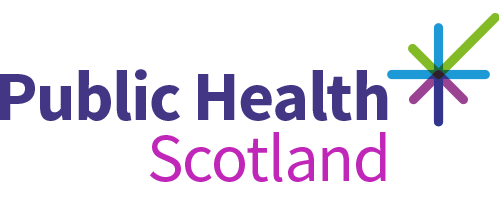The best way of seeing something? Using the right kind of health and social care data in different situations
- Andrew Pulford
- 07 January 2020
- Public health
What is the best way of seeing something? Is it to look someone in the eye, to study something under a microscope, or to climb the highest hill we can? Each of these can give us a different view on things. There really is no “best” way of seeing for all situations.
Using data alongside other forms of evidence, such as lived experience and academic study, can also help us understand the world around us. Individual and population level data are as important as one another, bringing different perspectives and answering different needs. The type of data that we want will also vary depending on the reason for which we want to use it. At times, they are complementary of each other.
Viewing health data from different perspectives
For example, for frontline health and social care staff it is important to know about individual people. Not just the conditions they present with but also their personal identity and strengths; their preferences about how services work with them; and personalised outcomes relating to what they hope to achieve in terms of health improvement or recovery. The kind of data that is required here is therefore very specific to the individual and may not easily be generalised across different people.
For Health & Social Care Partnerships it is important to understand people’s health and the things that influence health collectively within a local area so that they can effectively plan and deliver services. The challenges that communities face is part of that understanding, but Health & Social Care Partnerships also look to collect data on shared identities and assets within communities. Again, while communities may have similar histories or share similar issues, the kind of data that Health & Social Care Partnerships need to work with local communities can vary from area to area.
As part of the Scottish Public Health Observatory (ScotPHO) collaboration, we’re also interested in understanding health and the things that influence it at a population level (whether that is at a national or local level). To do this we typically need data that have a consistent meaning across all people, and remain the same over time. We often use measures like rates of medicines prescribed, hospitalisations or death. These kinds of measures might seem less directly connected to the experiences of individuals or communities, but their strength is that they allow us to look at trends over time and the scale of health inequalities between groups of people. Having these kinds of measures are also important when assessing the impact of interventions that are intended to improve health at a population level (see for example, ScotPHO’s Triple I health inequalities modelling tool).
Measuring health inequalities relating to health and social care service provision
This population data approach is the one that we have used recently to develop health inequality indicators for health and social care systems across Scotland. They aim to monitor population-level trends in access, quality and outcomes relating to health and social care provision. These indicators can be used for developing an understanding of how NHS Boards and Health & Social Care Partnerships can contribute to the reduction of heath inequalities in Scotland. However, they are not intended to be used in isolation. For example, the indicators can be used as part of a joint strategic needs assessment. They are also part of the wider picture of evidence, alongside more person or community focused data and guidance on practical ways that NHS Boards and Health & Social Care Partnerships can maximise their role in creating a fairer, healthier Scotland.
It’s incumbent on all of us working to improve public health to embrace a broad spectrum of intelligence.
